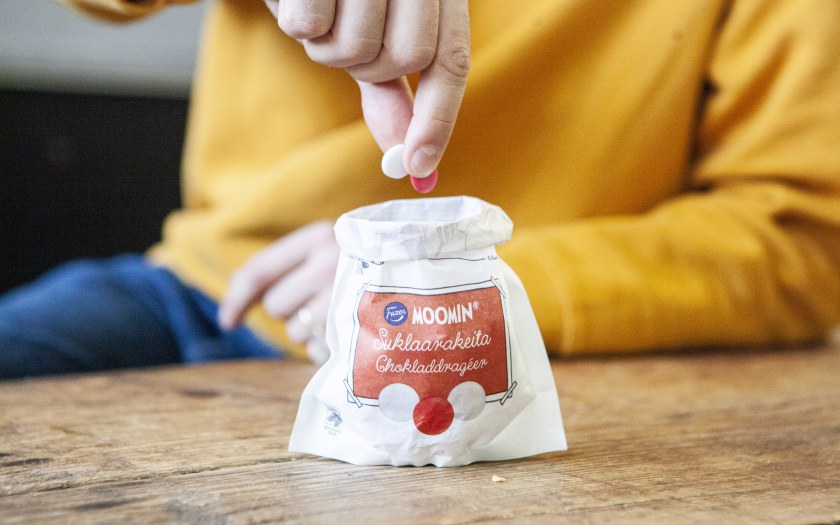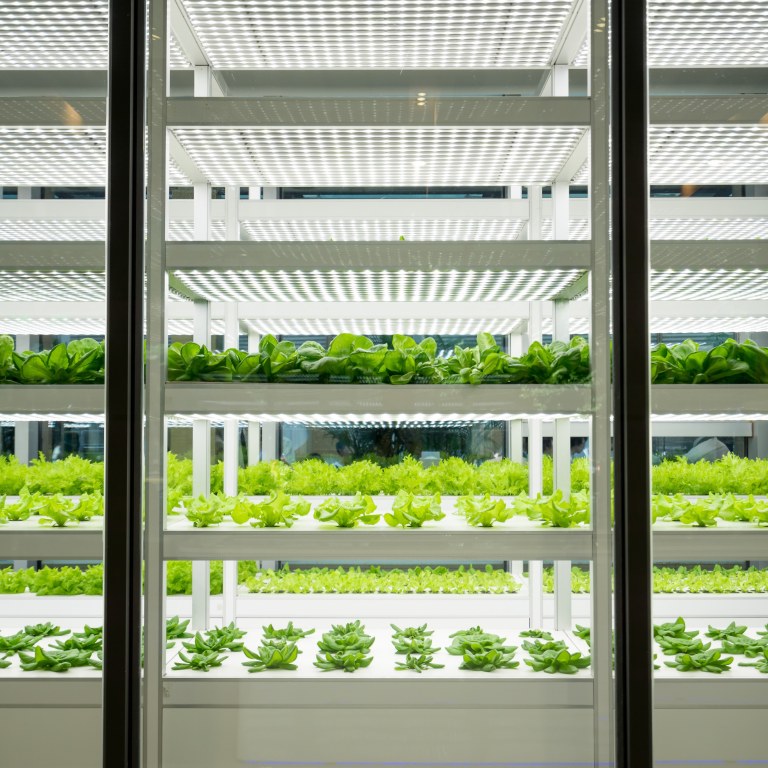Just google 'Great Pacific Garbage Patch' and, in one click of the mouse, it becomes painfully obvious that we have a gigantic problem. Plastic six-pack rings, grocery bags, cigarette buts and other marine debris are sucked in an area two times the size of Texas in the North Pacific Ocean.
For Paptic, the startup that produces a wood-based reusable and easily scalable packaging material, the fight against the global plastic waste problem was the starting point behind establishing the company. Paptic's solution precisely replaces the short life-span products that litter oceans and other water areas around the world.
Paptic's solution is made of wood fibres and is suitable for shopping bags, flexible packages, and online store envelopes. The material is as easily scalable as plastics, guarantees a similar print quality to paper, is as durable as nonwoven fabrics, and equals textiles' versatility.
Paptic's technology matched customers' needs right from the start
Paptic's story started in 2013 when the founders, Esa Torniainen, Karita Kinnunen-Raudaskoski and Tuomas Mustonen, were working at VTT. Often European brand owners would come to VTT and ask for an innovation that would replace the plastic film used in packages. That got the Paptic founders thinking.
"In Finland, we have a long background and knowledge in the forest industry. And we knew that it's possible to use wood fibre for many things, not just for paper or cardboard. So, we wanted to introduce a new wood-based solution to replace plastic film," explains Torniainen, Chief Business Development Officer of Paptic.
The founder trio wanted the packages to be easily recyclable and firm enough to be re-used many times. They also wanted to bring the new material concept to the market fast — several years of research work was out of the question. The technology concept they chose enabled all this.
"We want to make Paptic like the Gore-Tex of package materials and a solution for everyone."
In 2015, they established Paptic and now all Paptic products are recyclable with cardboard. The products are also grocery approved and can be used for everything except wet foodstuff. Paptic materials have already been shipped to more than 40 countries worldwide, and in Finland, big department stores like Sokos and Stockmann use them. Last year, the startup launched a heat-sealable material called Paptic Gavia® that Fazer, the Finnish food giant, uses for some of its candy products.

Sustainability drives Paptic's business
Currently, contract manufacturers produce Paptic materials. Paptic Ltd sells and markets the materials to brands, retailers, and packaging manufacturers. The materials have received an extremely positive reception in the packaging market. And even though the COVID-19 pandemia has slowed the business down, the startup has multiplied the deliveries each year since 2018.
Paptic has a competitive edge over many other alternative materials. No new machines are needed to produce Paptic's materials. The manufacturers can produce the materials in existing paper mills, enabling the continuation of industrial activities at the mills that would otherwise be closed due to declining printing paper demand. Therefore, the production capacity of Paptic materials can be rapidly increased according to the market demand.
At the moment, Paptic's primary markets and production are outside of Finland. The startup's customer base consists mainly of big clothing brands and retailers that consider sustainability an essential part of their operations. Paptic can serve them with materials ideal for carrier bags, e-com mailers, and garment bags.
In 10 years, Paptic wants to be a globally known brand and have a maximum sustainability impact. That's why the startup has designed its packaging solution to be as easily scalable as possible.
"We want to make Paptic so big and well known that it will be like the Gore-Tex of package materials. We also want to make a solution for everyone and this way to maximise the sustainability effect it has," Torniainen concludes.
Hopefully, when you enter 'Garbage Patch' in the search engine in ten years’ time, rather than getting pictures of the vortex that sucks in the garbage in the Pacific, you'll get stories and images of Paptic among the sustainable companies and players that have solved the global plastic problem.
Hero Image: Paptic
Get tech screening and matchmaking
Find the right startups, scaleups, and technologies from Espoo’s innovation ecosystem.



